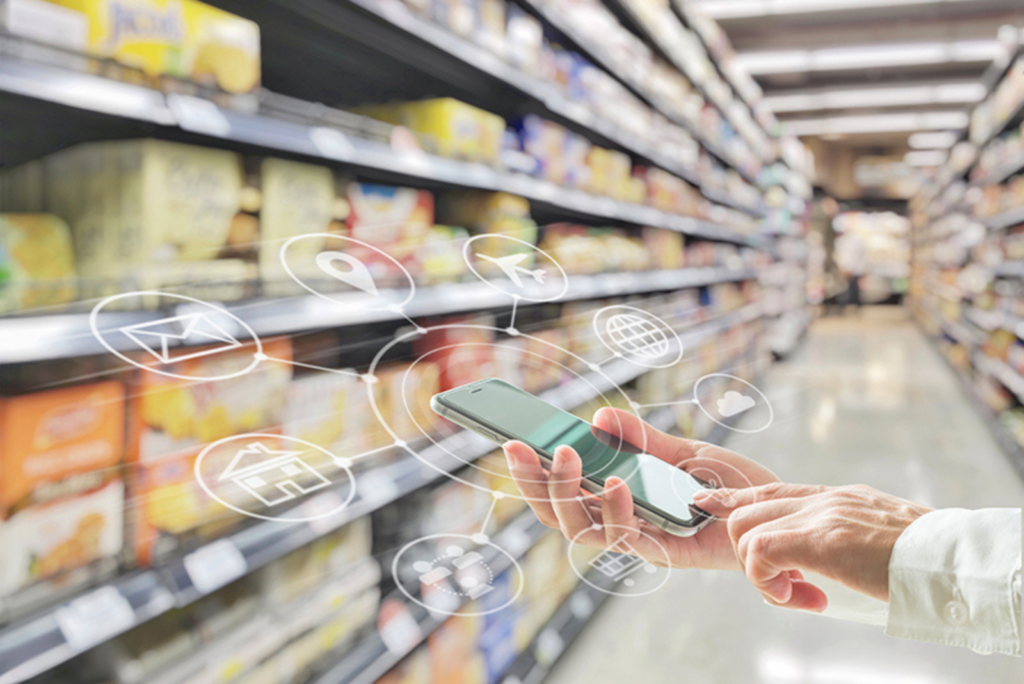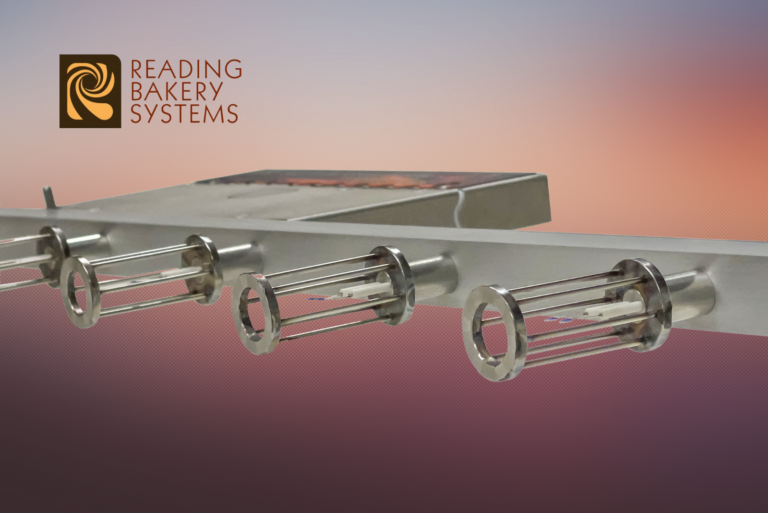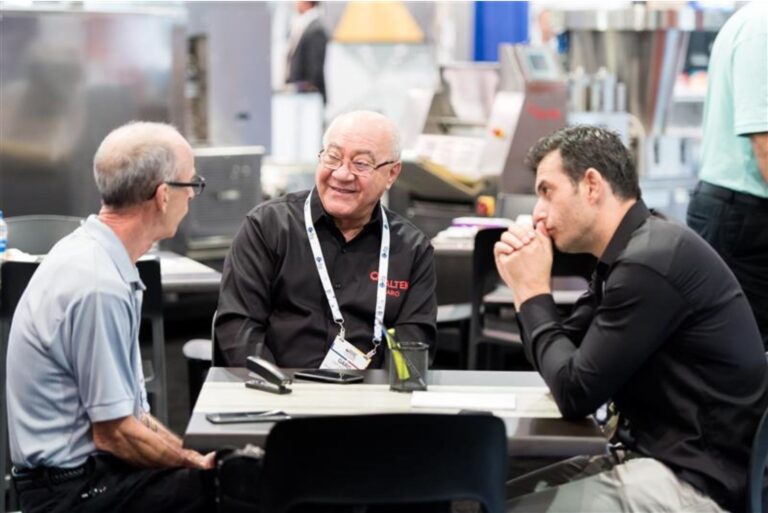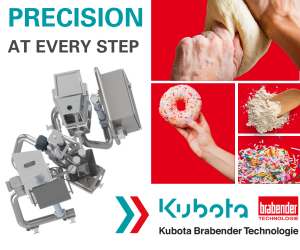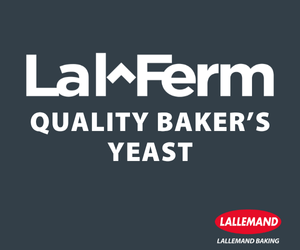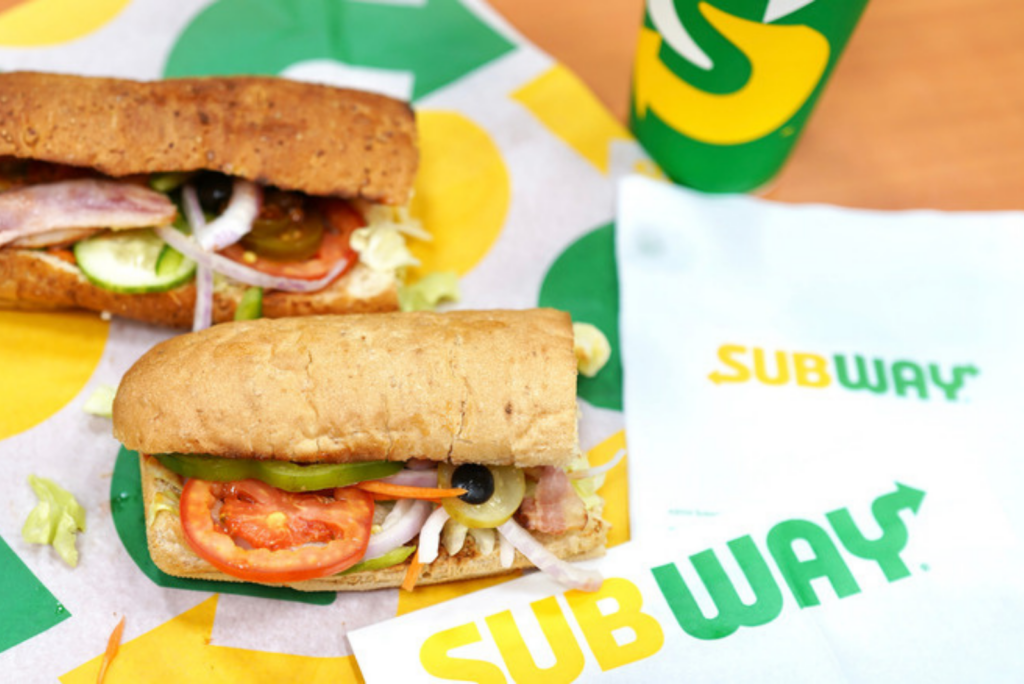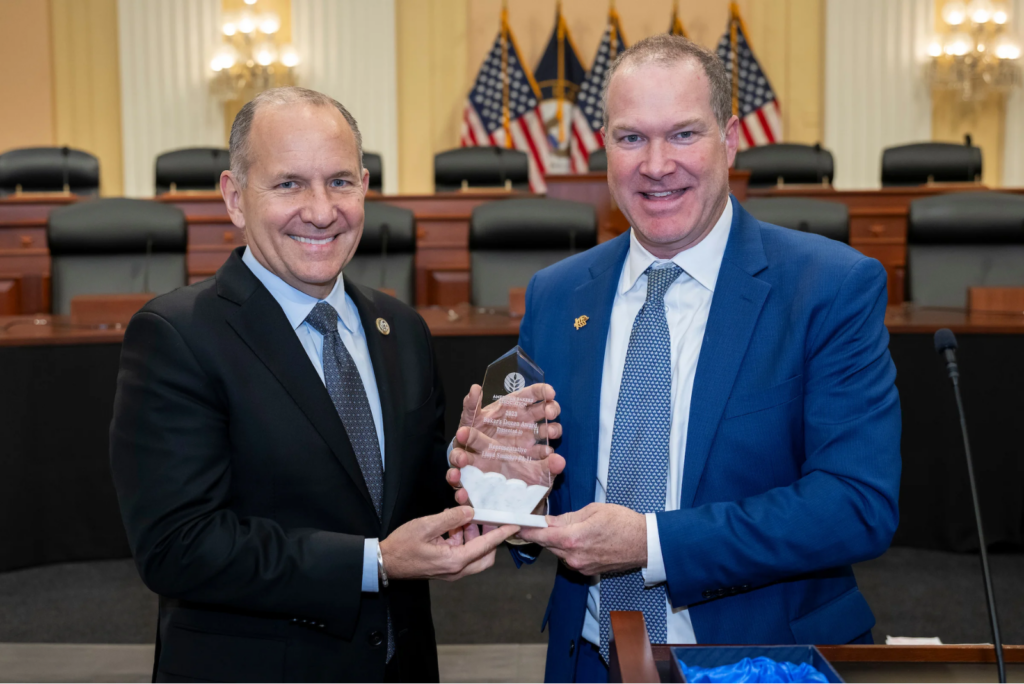CHICAGO — As the commercial baking industry learns to navigate the digital landscape — whether selling direct to consumers online or delving into omnichannel with retail partners — brands must be aware of the benefits and challenges that come with it. CPG and consumer shopping behavior is not one-size-fits-all, and while e-commerce is picking up steam at a record pace, the key is building a bridge from in-store to online, rather than focusing strategies on one channel or the other.
During a presentation on the boundaryless consumer during the American Bakers Association’s annual convention, held March 26-28, Jonna Parker, principal and team lead for fresh foods at Circana, joined Molly Hjelm, group director, advertising, for Kroger Precision Marketing at 84.51 LLC, a subsidiary of the Kroger Co.; Omar Haque, VP and GM of omnichannel for Bimbo Bakeries USA; and Alicia Kuri, eCommerce category and shopper insights for Nestle Coffee Partners, to discuss the impact of omnichannel trends on bakery markets.
Looking at the in-store experience, shopping revolves around lists. And historically, bakery items like bread have anchored the grocery shopping list.
Not only that, but bread is what Haque referred to as a “basket builder” for both online and in-store purchases. For example, Haque said, items like bread or crackers will be joined in the basket by proteins and spreads.

